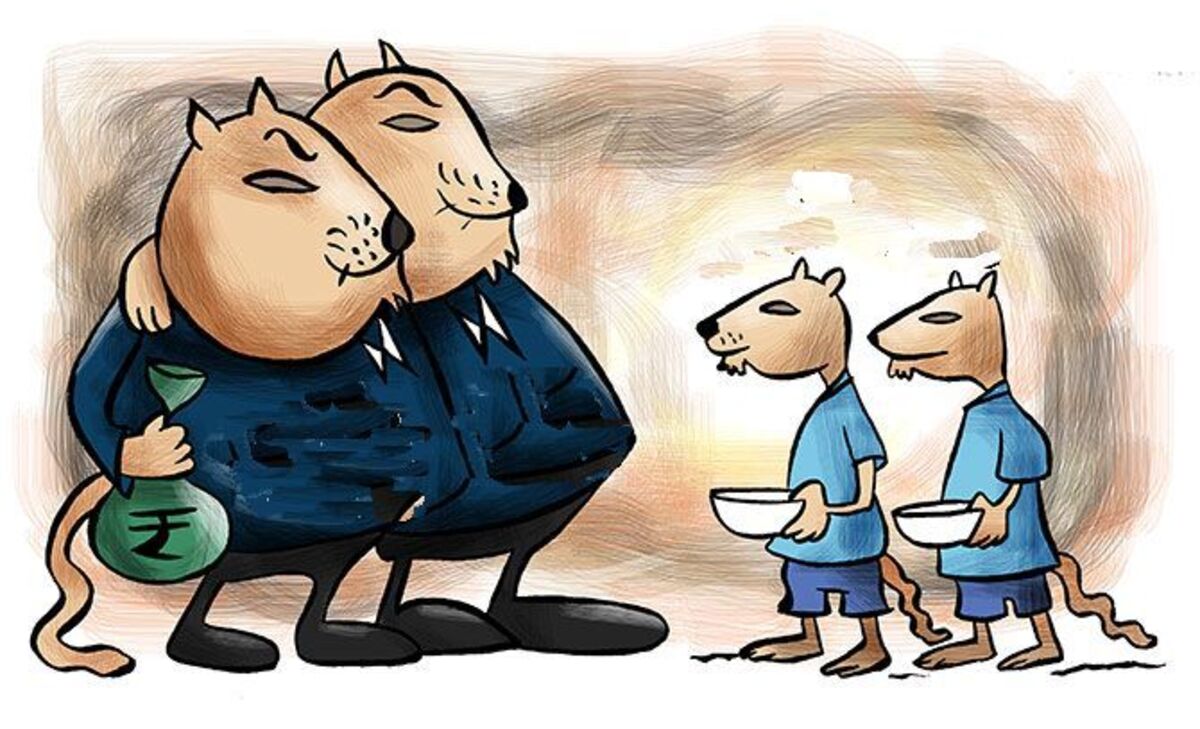India, commonly recognized as one of the fastest-growing major economies globally, is currently dealing with a pressing issue that threatens its socio-economic foundation: wealth inequality through castes dynamic. Despite significant GDP growth and the development of a thriving middle class, the disparity between the wealthy and the poor in India is widening at an alarming pace. This article examines the current status of wealth inequality in India, its entrenched caste systems, and the potential ramifications for the country’s future.
According to a recent report by the World Inequality Lab, there has been a significant surge in economic disparities in India. The report unveiled that nearly 90 percent of the billionaire wealth in the country is concentrated among the upper castes, emphasizing the widening wealth gap.
Table of Contents
Wealth Distribution among Billionaires
According to a recent study conducted by the World Inequality Lab, the impact of caste is visible in the distribution of wealth in India. The study, titled ‘Towards Tax Justice and Wealth Redistribution in India: Proposals based on latest inequality estimates’, was published in May 2024 and provided additional data to Business Standard.
Researchers found that more than 85 percent of the country’s total billionaire wealth is concentrated among individuals belonging to upper-caste communities. In contrast, individuals from scheduled castes (SC) accounted for only 2.6 percent of this wealth in 2022, while the upper castes held 88.4 percent.
Not only limited to billionaire wealth, the upper castes control close to 55 percent of the national wealth, as indicated by the All-India Debt and Investment Survey (AIDIS) for 2018-19. This marked disparity in wealth ownership emphasizes the entrenched economic inequalities within India’s caste system.
The study also revealed that the other backward class (OBC) held a 9 percent share of billionaire wealth, while there were no billionaires from the scheduled tribes (ST). The researchers utilized publicly available billionaire lists and employed manual coding and the ‘Outkast’ algorithm to determine caste.
Castes Continue to Dominate Financial Demographics
The impact of caste on individuals’ ability to access education, healthcare, social networks, and credit, all of which are vital for fostering entrepreneurship and creating wealth, remains prevalent. Historically, Dalits were barred from owning land in many parts of the country, imposing significant limitations on their economic advancement.
The available data indicates a decline in the wealth of OBC billionaires, while the upper castes have experienced an increase in their wealth. According to Somanchi, this trend can be attributed to the fact that the majority of new billionaires belong to the upper castes.
Caste plays a significant role in various aspects such as education, healthcare, social networks, and access to credit, which in turn influence entrepreneurship and wealth creation. Dalits, in particular, have faced restrictions on land ownership in many regions, which has hindered their economic progress.
Also Read: India’s Wealth Inequality Deserves Bigger Risk Premium
This study aligns with research conducted elsewhere, which reveals that a lower proportion of SCs and STs own enterprises compared to their representation in the workforce. The State of Working India, 2023 report by Azim Premji University highlights that not only are general category owners overrepresented across all enterprise sizes, but their overrepresentation increases as the size of the enterprise grows.
While scheduled castes make up 19.3 percent of the workforce, only 11.4 percent own an enterprise. Similarly, scheduled tribes account for 10.1 percent of the workforce, but only 5.4 percent of them own an enterprise.
Inequality at the Highest Level of Record
India’s income and wealth inequality, which saw a decline after gaining independence, started to rise again in the 1980s and has been steadily increasing since the 2000s. The surge in inequality, particularly in terms of wealth concentration, has been remarkable between 2014-15 and 2022-23.
The wealthiest 1 percent now possess the highest levels of income and wealth in India’s history. To be more specific, this top 1 percent controls over 40 percent of the country’s total wealth, a significant increase from 12.5 percent in 1980. Additionally, they earn 22.6 percent of the total pre-tax income, a substantial rise from 7.3 percent in 1980.
The significant increase in inequality has transformed India into the “Billionaire Raj,” where the modern bourgeoisie reigns supreme, surpassing even the disparities of the British Raj. This places India in the category of one of the most unequal nations worldwide.
Recent statistics reveal that an annual income of just ₹ 2.9 lakhs is sufficient to be part of the top 10 percent of earners, while ₹ 20.7 lakhs is required to join the top 1 percent. In stark contrast, the average adult earns around ₹ 1 lakh, with the poorest segment barely earning anything. The lower 50 percent of the population collectively earns a mere 15 percent of the total national income.
